Why Bonnets Belong in the Bedroom: The Case Against Outdoor Wear Introduction: The Bonnets' Evolution
This is a subtitle for your new post

Bonnets, traditionally regarded as indoor accessories, have recently sparked a debate as they make their way into outdoor fashion. Historically, bonnets have been worn primarily inside homes, serving a functional purpose of protecting hair while sleeping or during relaxed home activities. However, as fashion trends evolve, some argue these accessories have a place in the broader fashion world. This blog will explore why bonnets should remain an indoor staple, emphasizing cultural significance, practicality, and aesthetics.
Cultural Significance and Heritage
Bonnets hold a rich cultural heritage, particularly within African and African American communities. They are more than just an accessory; they are a symbol of identity, tradition, and pride. Wearing bonnets outside may dilute their cultural significance, reducing them to mere fashion statements detached from their historical roots. By keeping bonnets within the confines of the bedroom, we honor their cultural significance and maintain their intended purpose.
Functionality Over Fashion
The primary function of a bonnet is to protect hair from damage while sleeping. Made from materials like silk or satin, bonnets help retain moisture, reduce friction, and prevent breakage. When worn outdoors, however, bonnets lose their effectiveness due to exposure to environmental elements such as wind, rain, and pollution, which can compromise hair health. Prioritizing functionality over fashion ensures bonnets serve their intended purpose effectively.
Aesthetic Considerations
While some might find bonnets stylish, they are designed with practicality in mind rather than aesthetics. Their loose, often oversized fit is intended for comfort and protection rather than public presentation. When worn in public, bonnets may clash with the overall fashion ensemble, leading to a mismatched appearance. Reserving bonnets for indoor use allows individuals to focus on more cohesive and polished outdoor outfits.
The Bedroom as a Sanctuary
The bedroom is often considered a personal sanctuary, a place of rest and rejuvenation. Bonnets, as part of the bedroom attire, contribute to this sense of comfort and relaxation. They symbolize the transition from the public sphere to a private, intimate space. By keeping bonnets within the bedroom, we preserve this boundary, emphasizing the importance of self-care and personal downtime.
Fashion Alternatives for Outdoors
For those who seek to express their style outdoors, there are numerous fashion alternatives that can complement bonnets. Hats, scarves, and headbands are versatile options that can enhance an outfit while maintaining a polished look. These accessories offer similar protection against environmental elements without compromising the intended purpose of bonnets, allowing individuals to maintain both style and practicality.
Addressing Misconceptions
Some argue that restricting bonnets to the bedroom perpetuates outdated social norms and stifles personal expression. However, this view overlooks the context in which bonnets are traditionally worn. Encouraging the use of bonnets indoors is not about enforcing conformity but rather about respecting cultural practices and the practical function these accessories serve. It is crucial to distinguish between personal expression and the preservation of cultural heritage.
The Role of Social Media
Social media plays a significant role in shaping fashion trends, often blurring the lines between indoor and outdoor wear. Influencers and celebrities frequently showcase bonnets in outdoor settings, unintentionally promoting their use beyond traditional boundaries. While social media can be a powerful tool for expression, it is essential to critically evaluate the message being conveyed and consider the historical and cultural context of fashion items like bonnets.
Conclusion: Preserving Tradition and Purpose
In conclusion, bonnets belong in the bedroom for a multitude of reasons, including cultural significance, functionality, and aesthetics. By reserving these accessories for indoor use, we honor their historical roots and ensure they serve their intended purpose. Fashion is an ever-evolving landscape, but it is vital to preserve the traditions and practices that hold cultural value. Embracing bonnets as indoor accessories allows us to celebrate their heritage while maintaining their practical benefits, creating a harmonious balance between tradition and modernity.
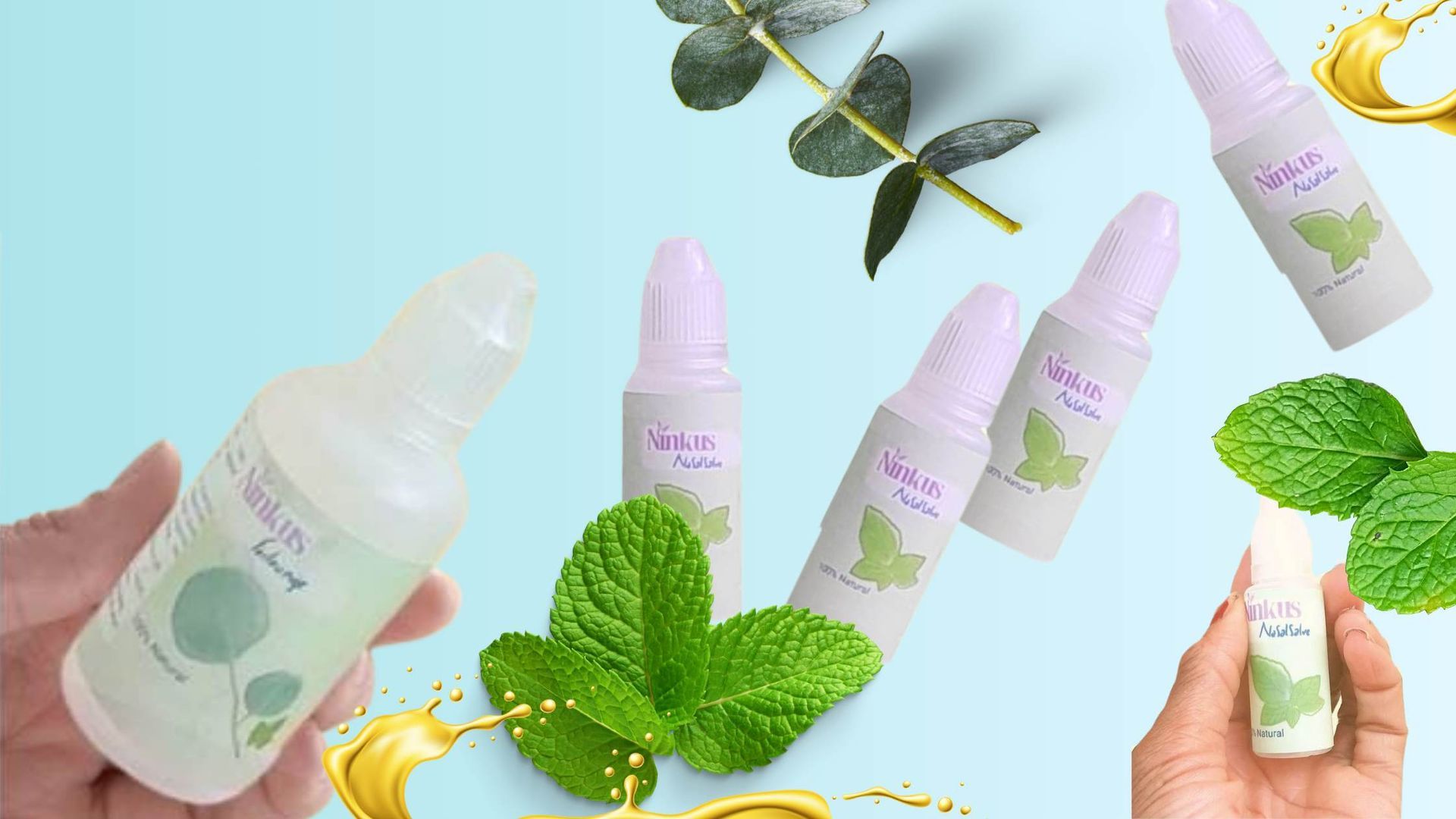

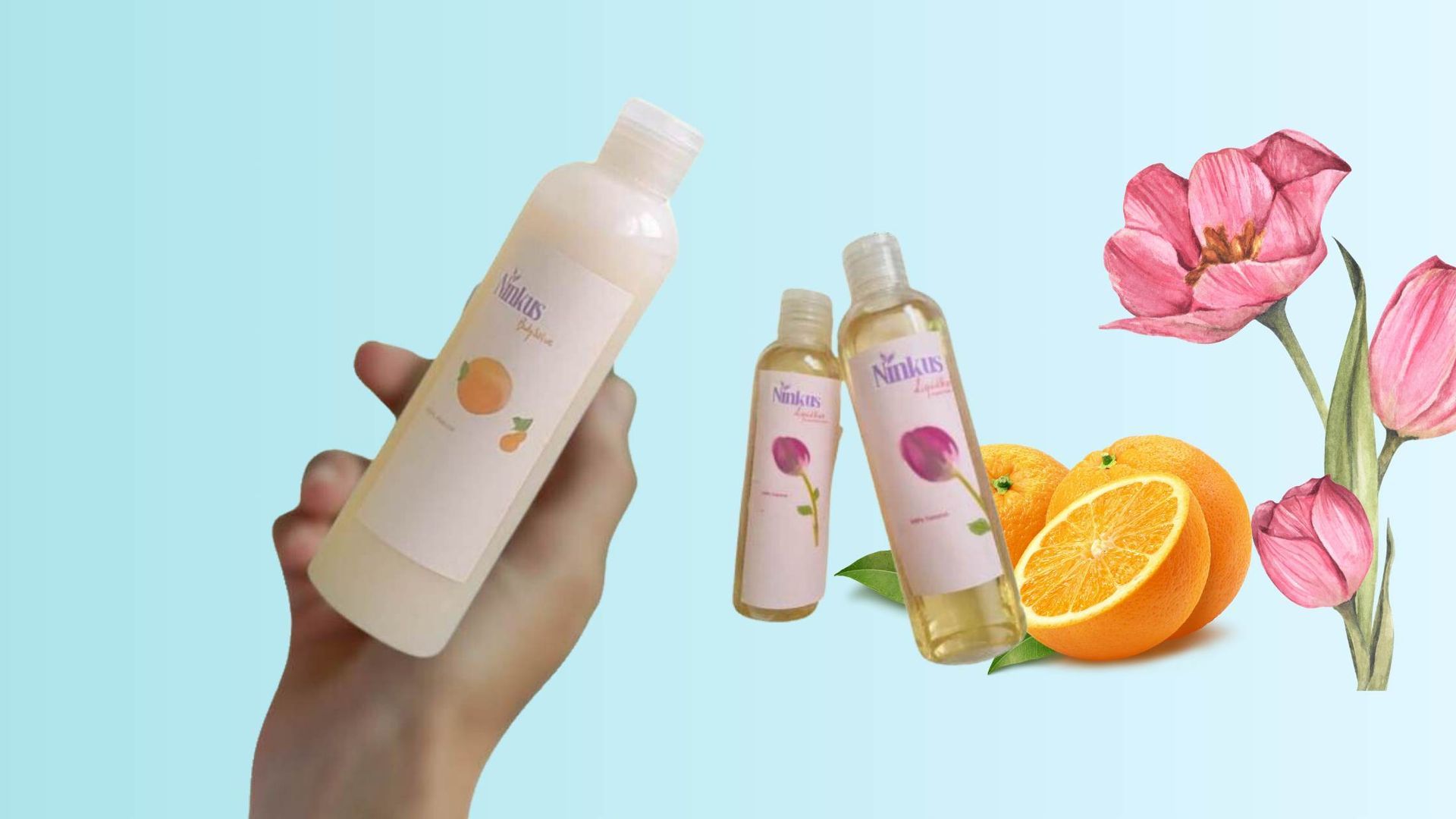
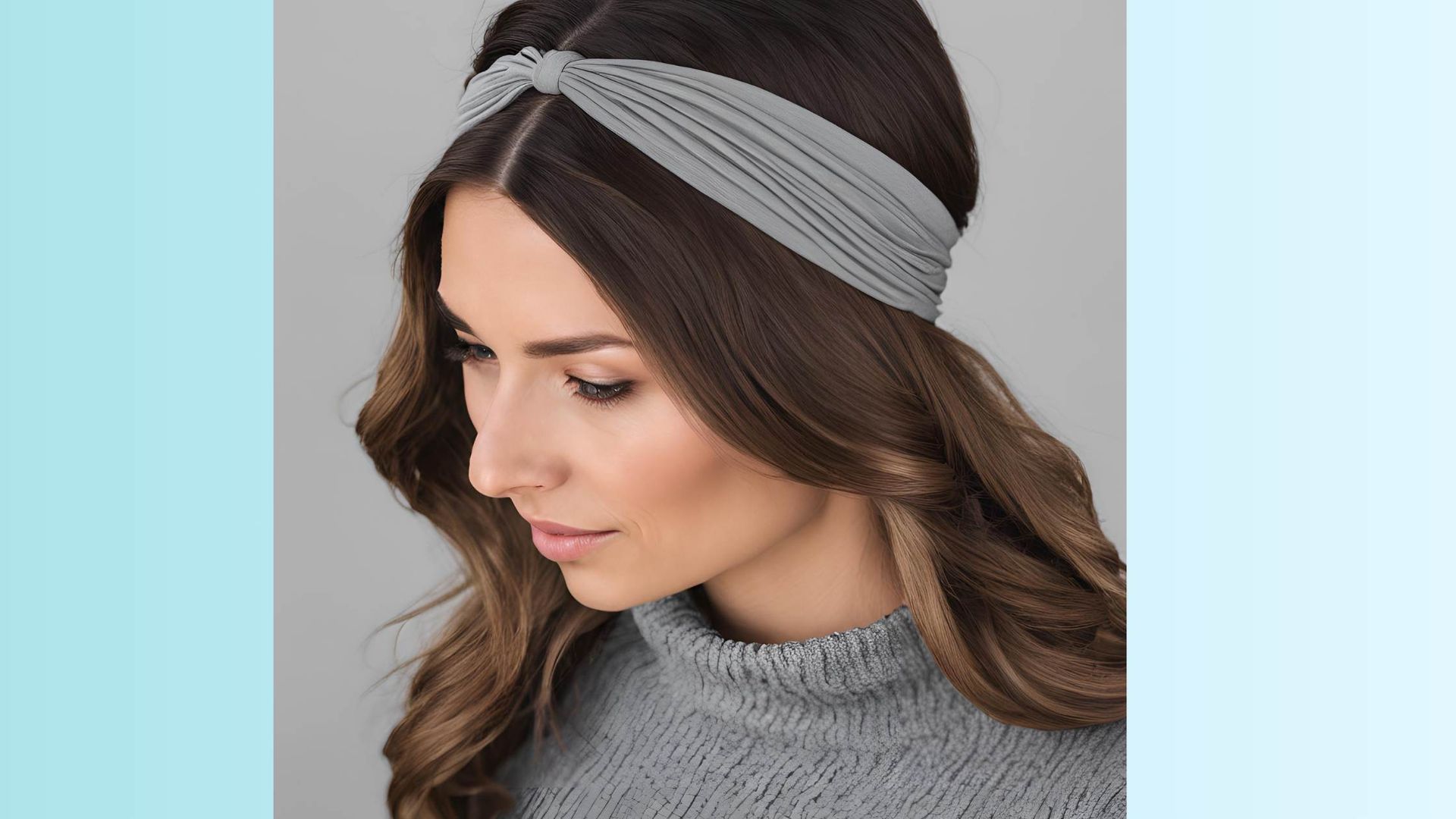
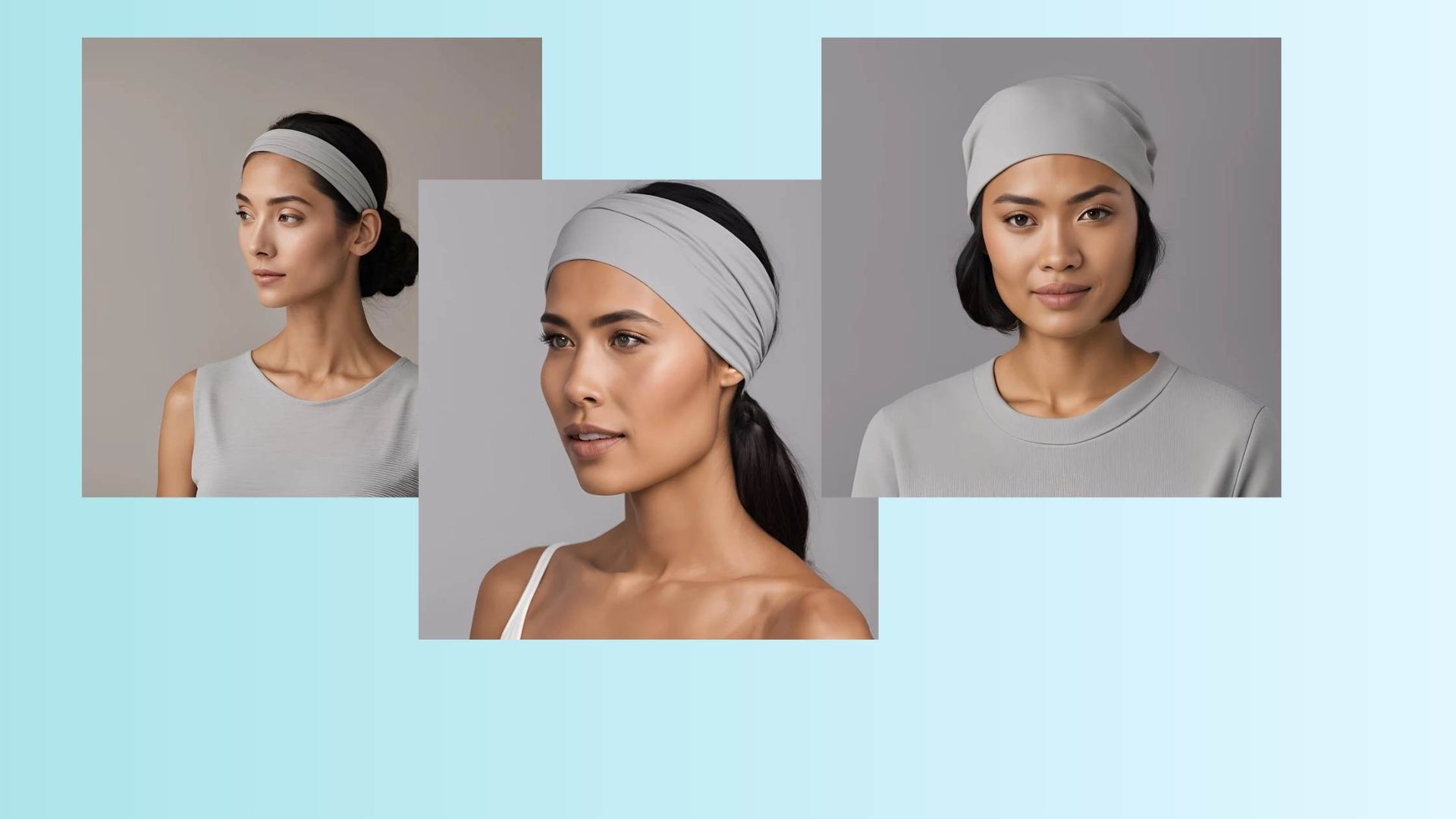

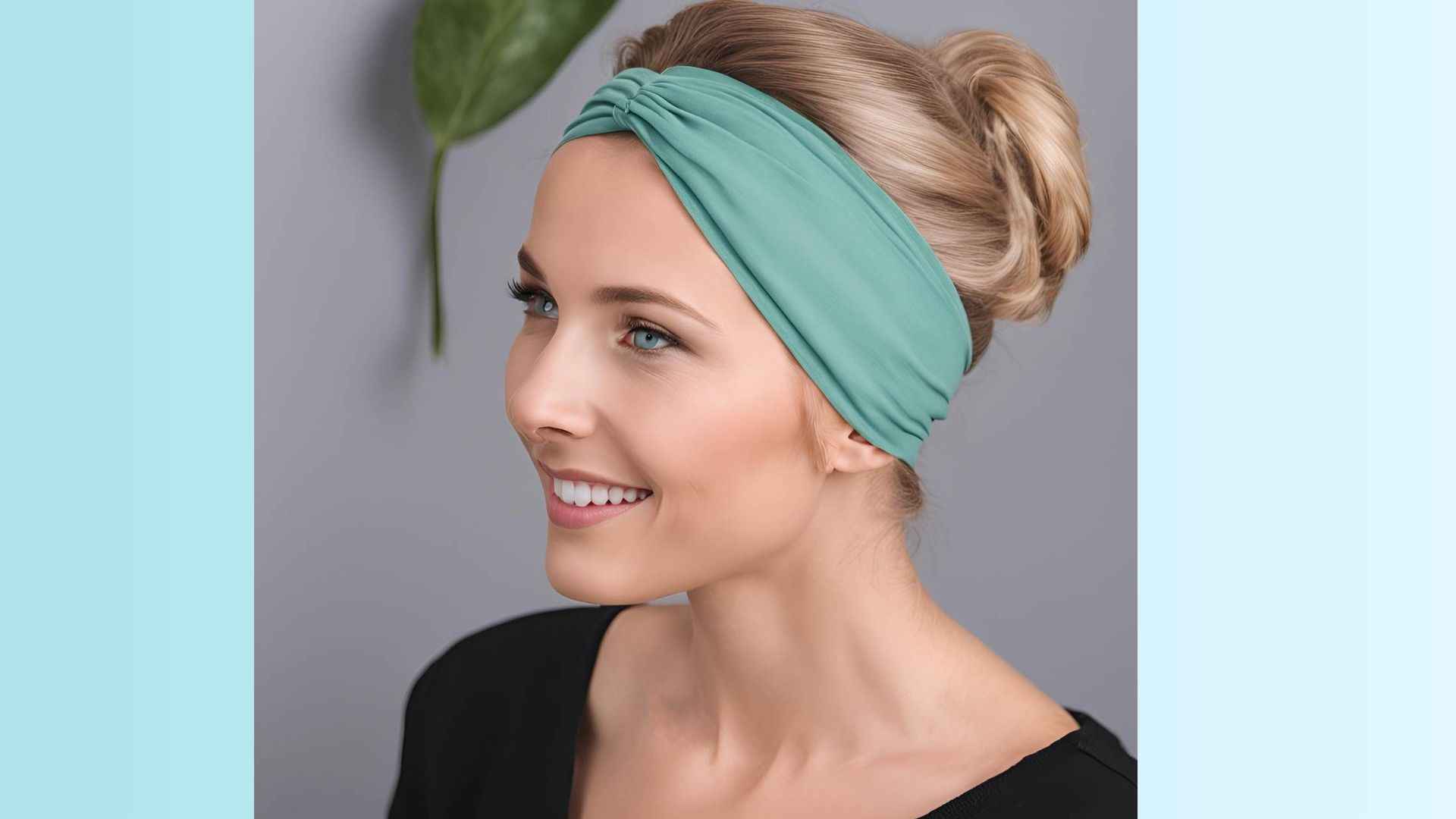
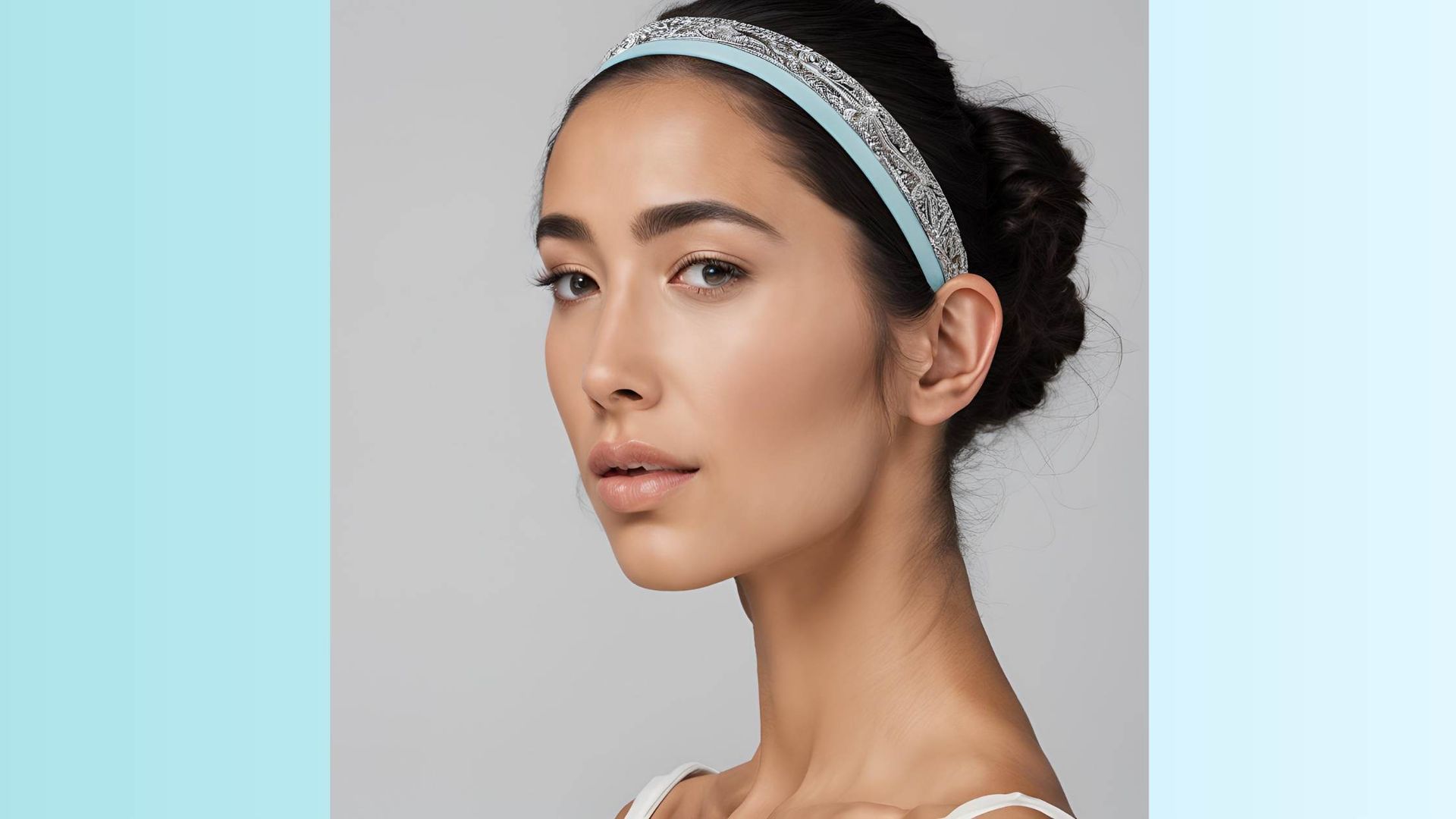

Business Hours
- Mon - Fri
- -
- Saturday
- -
- Sunday
- Closed
All Rights Reserved | Ninkus 2015 -2024


